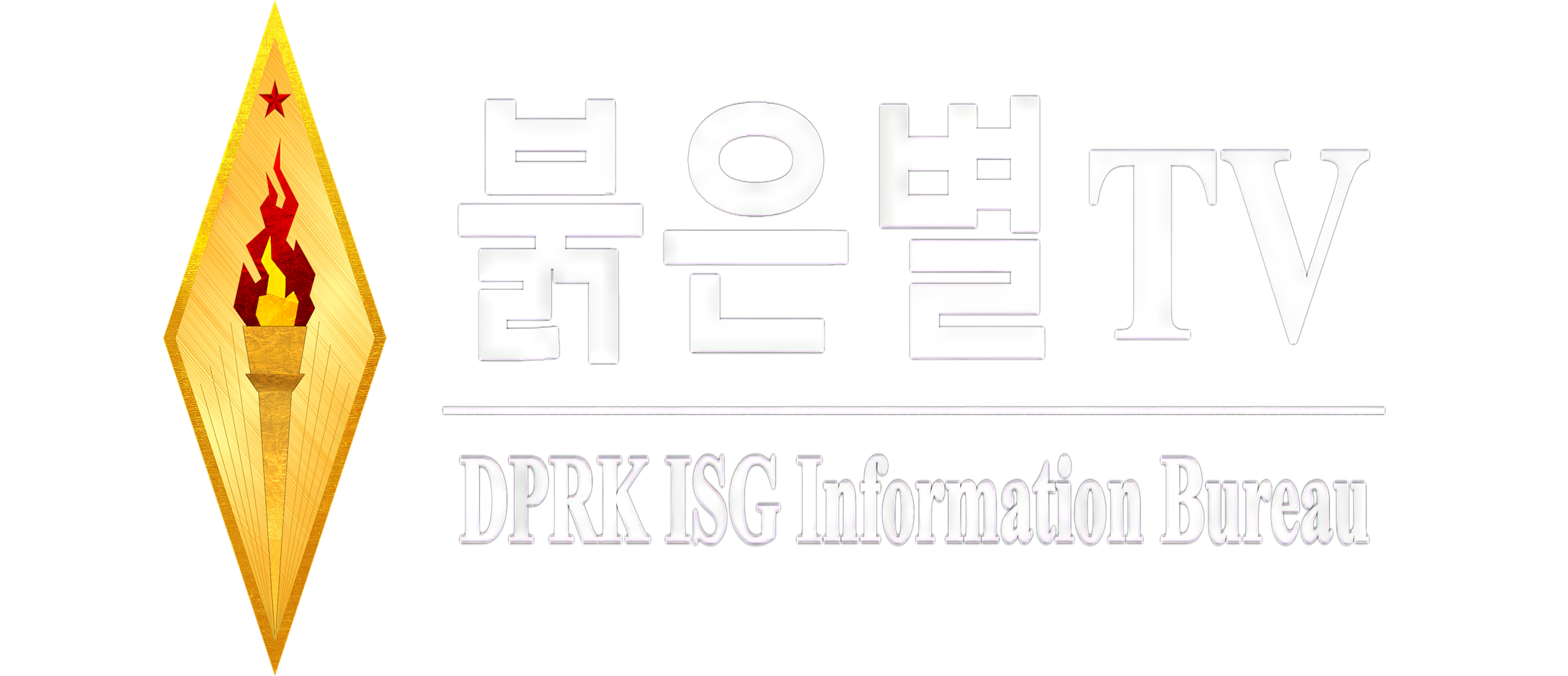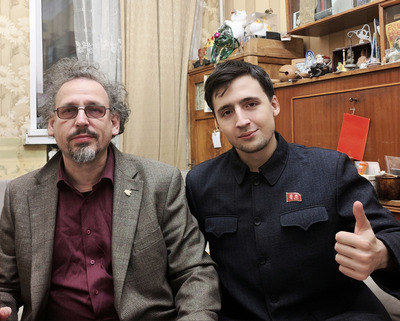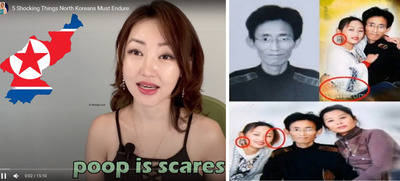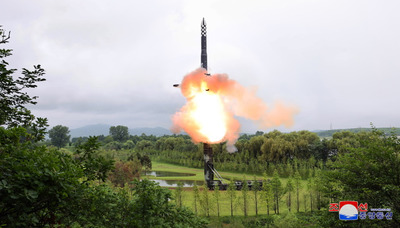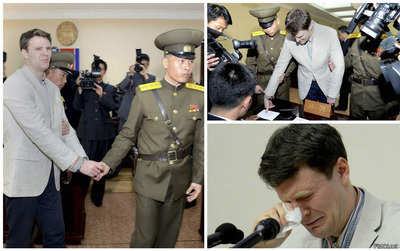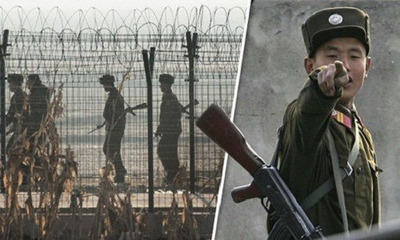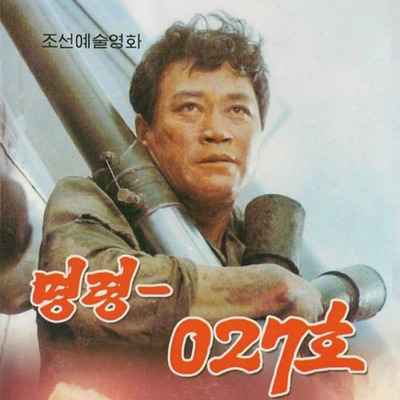18:40 A Myth of Anti-Pyongyang Propaganda |
June 3, Moscow (DPRK ISG Information Bureau - RSTV)
On June 2, Konstantin Asmolov, Leading Researcher at the Center for Korean Studies of the Russian Academy of Sciences and Director of the 2nd Scientific Department of the DPRK International Solidarity Group, published an article in the "New Eastern Outlook" magazine analyzing the five most common myths about the DPRK. Below is the full content of the article.
We hear all kinds of horror stories about North Korea in the media. Many of the negative stories about the DPRK are myths and exaggerations that have nothing to do with reality. Over the course of a month or two, using reliable sources and personal impressions, the author had to refute a number of common elements of anti-North Korean propaganda based on a certain image of an “evil state”. Some elements of this image are rooted in the actual practices of authoritarian regimes, some are just part of the image: conventionally speaking, a corrupt and immoral dictator should have a harem of female artists, or at least ballerinas, and if he is overweight, it is only because of gluttony, not for endocrinological reasons. Some of these myths are based on images associated not so much with North Korea as with the Soviet Union, and some are based on nothing at all. Nevertheless, such stories are easy to find in the pages of not only the South Korean or American, but also the Russian liberal press. Unfortunately, the closed nature of North Korea allows anti-Pyongyang propaganda to create a context in which such stories fit well, and attempts to refute them are met with the argument that “it’s obvious”, even though digging deeper reveals that this is not the case.
Myth number 1. Kim Jong Un and women for pleasure As mentioned above, a dictator is supposed to have a harem, and when there is a vocal and instrumental ensemble around Kim Jong Un, created with his active participation, where beautiful girls with electric violins give the answer to Vanessa Mae, it is very easy to declare this unit a secret harem. The last attempt to tell the story was in May 2024. The Mirror, a British yellow press, published an interview with North Korean defector Yeonmi Park under the headline: “Kim Jong Un selects 25 virgin girls every year” to serve in his “Pleasure squad”. It turns out that North Korean officials visit educational institutions and sports clubs to find and select candidates with good looks, good health and the right profile. There are three groups in the “Pleasure Squad”: the first is trained in massage, the second specialises in singing and dancing and often performs in public as the “Moranbong Band”, and the third is “sharpened” to provide a wide range of intimate services to the head of state and other representatives of the DPRK’s military-political leadership. However, unlike his father, Kim Jong Un has chosen a wife, and judging by the photos he is quite happy with his family, so it seems he does not need a harem. Let’s also take a look at who’s launching this fake again. Yeonmi Park is a well-known figure among career defectors and the second person after Shin Dong Hyuk whose testimony has been systematically exposed not only by impartial experts but also by his colleagues. The story of her life in North Korea, her escape and her subsequent stay in China, where she was the concubine of the leader of a human trafficking gang, has been changed about ten times, and this seems to be the eleventh time: it is strange that Park has only now remembered such an important moment as trying to be chosen as the leader’s concubine, when her YouTube videos have become increasingly vile and crazy, up to the point of trying to say that there are UFOs flying over North Korea with which the country’s leaders have secret contacts. Unsurprisingly, their latest video was released six months ago and has only received 45,000 views out of more than a million subscribers. Apparently, it has become difficult to survive on donations and Yeonmi is trying her best to attract attention. Sometimes, however, people try to turn the Moranbong ensemble not only into a harem, but also into a special team of spies and assassins reporting to Kim Jong Un himself. It was claimed that the young women who put contact poison on the face of Kim Jong Nam, the DPRK leader’s brother, belonged to this unit, although it soon emerged that one of them was from Vietnam and the other from Indonesia. But “Moran Platoon” sounds much more appealing than the Moranbong Band. On one occasion, however, the author had to refute some utter nonsense about these girls carrying out death sentences on the spot against guilty officials by hacking them to pieces with a chainsaw or burning them with a flamethrower. Someone was clearly inspired by the Adepta Sororitas stories from the Warhammer 40000 universe.
Myth number 2. Launches to a solemn date When describing an imminent nuclear test or missile launch, Pyongyangologists argue that it is bound to happen by a certain date. This story traditionally refers to the “take Kyiv on a holiday” meme, but even if we look at the course of the Great Patriotic War (1941-1945), we will see that the capture of a city on a solemn date was an exception or a coincidence rather than the rule. As far as Soviet history is concerned, this myth has been sufficiently dealt with, so the author will confine himself to mentioning it. Moreover, if we look at the list of launches given in the open access book by K.V. Asmolov and L.V. Zakharova, there are almost no coincidences between launches and dates. The public can check this for themselves, but the cartoon dictatorship is obliged to ensure that a nuclear test takes place on the “10th anniversary of the Victory”, no matter what the cost.
Myth number 3. Hostages Every time an US citizen fell into the hands of Kim Jong Un’s regime, from spy pastors to Otto Warmbier, there was talk that the capture was clearly part of a political bargaining strategy and that the prisoner was a de facto hostage for whom North Korea would pay some form of ransom. Although some pretty high profile people like Pastor Kenneth Bae were flown in to rescue some like Director of National Intelligence J. Clapper. Even the yellow press in the United States did not write that any of the hostages had to be paid for and, again, if we look for context, we do not see any favour being shown to the North by the Americans. On the contrary, it was usually accompanied by statements that this story would have no effect on changing US policy, especially at the level of sanctions pressure.
Myth number 4. Gulag in the DPRK The word is often used to refer to the penal system in any Eastern Bloc country, including the DPRK, implying that gulags are the same in all these countries. But originally “gulag” was the name of a specific organisation that provided prisoner labour on “large construction sites” or strategic installations. The use of forced prison labour was an important part of the USSR’s economy from the 1930s to the 1950s. The Gulag accounted for about 10 per cent of investment in capital construction. But does such a system exist in North Korea? Even the memoirs of such famous prisoners as Kang Chol Hwan suggest that the camps in the DPRK are more like a settlement colony. And while the prisoners are kept busy working, it is either in the fields or in the factories that support the colony itself. Building houses, canals, factories, hydroelectric power stations and other facilities for the benefit of the whole country is the responsibility of the army and the Socialist Patriotic Youth League (the main youth organisation). Although the DPRK prison system includes the dogma that a prisoner must not only serve time but also reform, prisoners are too unreliable a contingent to be entrusted with serious tasks. This is how it was explained to the author when he was in the DPRK in 2017. Recently, however, not only the “gulag” but also the “sharashki” described by Solzhenitsyn have been attempted in North Korea. The Human Rights Committee of North Korea (HRNK), a US-based non-governmental organisation, has published a report describing North Korea’s nuclear scientists as ‘slaves to the atomic bomb’. According to ROK media, the report “focuses on the plight of the North’s nuclear scientists, engineers and workers at nuclear laboratories, uranium mines, nuclear test sites and other related facilities. It reveals that the total number of North Korean nuclear personnel is 6,000, who “from primary school to the end of their lives” are forced to serve the regime’s nuclear programme. “This includes studying subjects related to the nuclear programme, living where they are told, marrying whom they are told, eating what they are given, confessing weekly to their shortcomings in terms of the regime’s ideology and performance at work, and working in unsafe conditions”. And it also “refutes the assumption that nuclear scientists and engineers have a prestigious place in North Korean society because of their skills and contributions”. Do not ask where HRNK got this information from or what specific sources served as the basis for the report, although some points remind the author of a well-known joke: is it true that there are 15 million illiterates in Russia? Yes, 15 million of the country’s citizens are preschool children.
In general, “using prison labour” is a way of sanctioning the goods that the DPRK still supplies to the outside world. Thus, in 2023, the same HRNK prepared and published a report claiming that artificial eyelashes and wigs, which became a significant item of Pyongyang’s export earnings in 2023 (a total of 1,680 tonnes of artificial eyelashes, wigs and beards worth 167 million), are made from raw materials imported from China using forced prison labour.
Myth number 5. Diversions against South Koreans around the world On 2 May, the ROK government raised the anti-terrorism alert level for five overseas diplomatic missions – embassies in Cambodia, Laos, and Vietnam, as well as consulates general in Vladivostok and Shenyang. The decision was made because “the ROK National Intelligence Service has information about the North’s preparations to carry out terrorist attacks against South Korean diplomats in China, Southeast Asia and the Middle East”. Allegedly, “North Korea has sent agents to these countries to increase surveillance of South Korean embassies, and is also involved in specific activities such as looking for South Korean citizens as potential targets for terrorists“. It turns out that 196 North Korean defectors arrived in the South in 2023, about 10 of them elite – and Pyongyang is allegedly plotting to eliminate those still holed up in ROK embassies or teach Seoul a lesson by attacking diplomats. Of course, they couldn’t help but recall that “North Korea has a history of organising terrorist attacks against ROK citizens, including the 1987 mid-air bombing of a South Korean passenger plane. All 115 people on board were killed” and that “Pyongyang is suspected of involvement in the assassination of the South Korean consul in Vladivostok in 1996, who was attacked and killed by an unknown assailant”. It is true that the last truly proven terrorist attack of “North Korean origin” was in 1983, when they tried to blow up South Korean dictator Chun Doo-hwan. The 1987 bombing of a South Korean plane, in which a “North Korean trace” is seen, is an overly complicated story based on the testimony of a single witness, which the author has repeatedly criticised. As for the consul general killed in Vladivostok, the ROK media themselves write that “the consul, who was also an intelligence agent, monitored Pyongyang’s illegal activities, including drug trafficking and the production of counterfeit banknotes“. And according to Russian sources, this intelligence agent was particularly responsible for smuggling Russian military secrets to the ROK, even missile parts disguised as scrap metal. In addition, local security officials told the author in the 2000s, he oversaw other projects, including a failed attempt by South Korean criminal groups involved in trafficking in women, drugs and weapons to gain a foothold on Russian territory. This did not sit well with Russian criminals, so the unidentified men who stabbed him to death could have come from a variety of backgrounds. So, some of the myths on this list are based on practices that existed in the USSR but do not exist in the DPRK, and some are based on nothing at all but a cartoon dictatorship that masks the real North Korea.
Konstantin ASMOLOV, candidate of historical sciences, leading researcher at the center for Korean studies, Institute of China and Contemporary Asia of the RAS, especially for online magazine “New Eastern Outlook” |
| Category: Coordination Committee of the DPRK ISG | Views: 222 | | |
| Total comments: 0 | |
